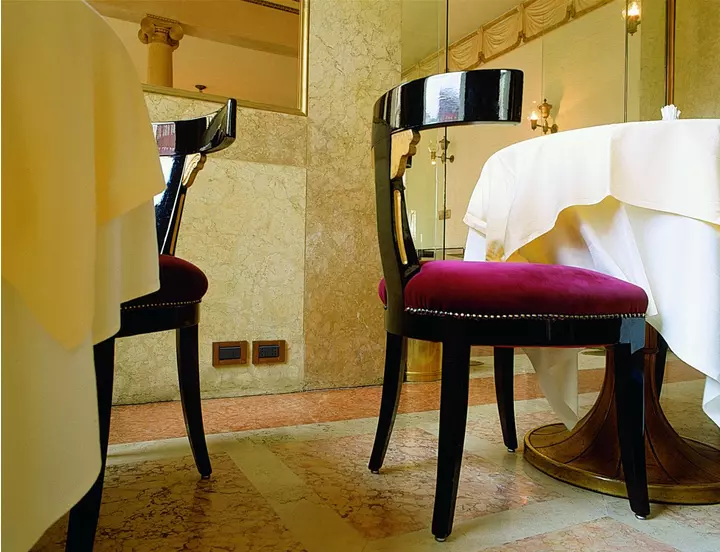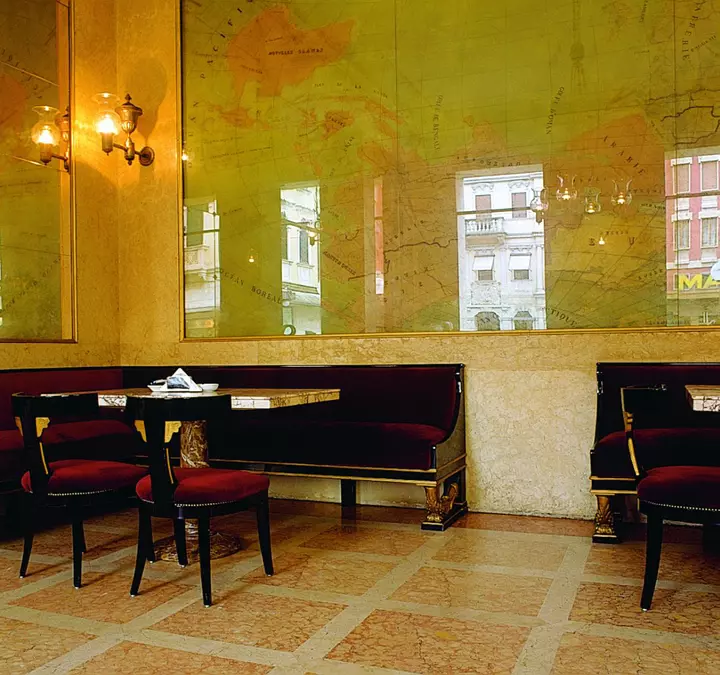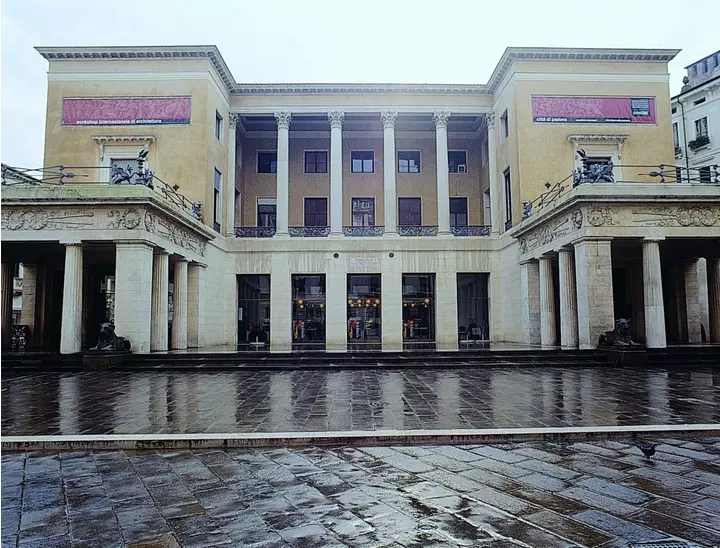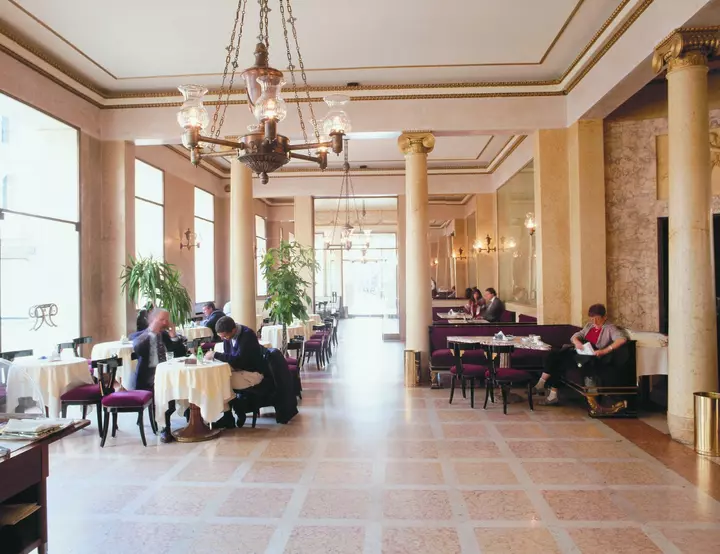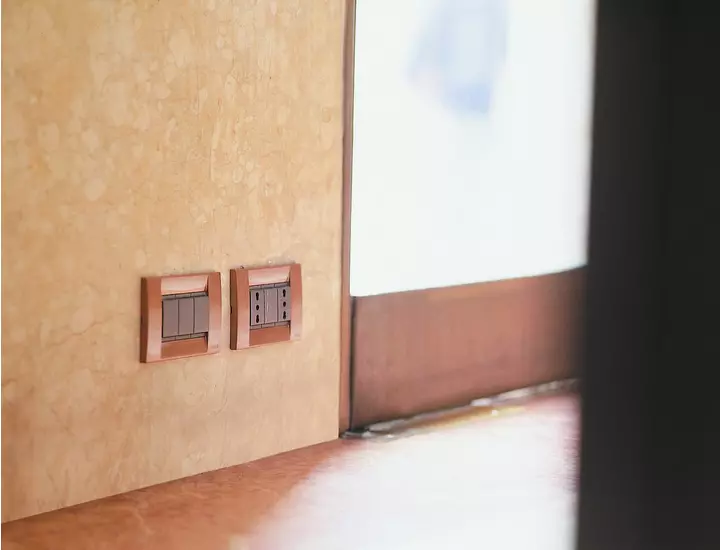Caffé Pedrocchi, Padova
Caffè Pedrocchi, Padova
In the heart of Padua and of all those who love the idea of being able to allow themselves a refreshing break in the unmistakable elegance of a historic meeting place opened in 1831, there is Pedrocchi Café.
In 1816 Antonio Pedrocchi, the son of a coffee merchant from Bergamo, commissioned the famous Venetian architect, Giuseppe Jappelli, to design the expansion of the small café inherited from his father. The new establishment that had to be the "most beautiful café on earth" was inaugurated in 1831 and later, in 1836, Pedrocchino added the elegant neo-Gothic building alongside, reserved for the pastry house.
The café in the early years became known as "the café without doors" both because until 1916 it was open day and night, and for the inviting design of the building: the open porch that, at the time, had no windows, was a kind of "transition" connected with the city. Added to this was the opportunity, allowed by the owner himself, to sit at the table without ordering and stay to read books and newspapers like "The Pedrocchi Café" (the first of the six newspapers named after the café), made available by the venue. The women were gifted with flowers and, in case of sudden rain, customers were lent an umbrella. Thanks to its central location and proximity to the University, the café soon became the cultural and commercial reference point of the city and a meeting place for students, artists, writers and patriots. It was also the scene of the student uprisings of 1848 against the Austrian dominance, as evidenced by the remembrance-plaques on the wall of the White room, and a meeting place for writers and artists such as Nievo, Fusinato, Stendhal, D'Annunzio, Eleonora Duse and the futurist, Marinetti. Owned by the City of Padua since 1891, the cafè houses the Pedrocchi Galleries and the Renaissance Museum within its prestigious halls.
Here, where art merges with daily rituals and tradition endures the relentless passage of time, Vimar is present with its products, chosen for the elegance and reliability that sets them apart. The Idea series with Classica plaques in the titanium colour with grey buttons fits with the neoclassical style of the interior, restored thanks to the intervention of the City.
Publicado el
